Race Face Turbine Crankset
| Where To Buy | |||
|---|---|---|---|
Free shipping on orders over $50 (continental U.S. only).
International shipping available. Some exclusions apply. |
Free shipping on orders over $50 (continental U.S. only).
International shipping available. Some exclusions apply. $179.99
|
||
Free shipping on orders over $50 (continental U.S. only).
International shipping available. Some exclusions apply. |
|||
by Jeff Brines
The Race Face Turbine crankset may be one of the most iconic mountain bike components since its inception some 15 years ago. For 2015 the crankset receives a complete redesign, incorporating many features seen in the carbon Next SL offering. How does the new Turbine fair when compared to other mid- to high-end cranksets? We spent the better part of a month trying to bend, break and generally abuse them.

Turbine Crank Highlights
- Intended for XC/Trail/All-Mountain/Enduro use
- Completely redesigned for 2015 to incorporate the Cinch system
- Crank arms are deep pocket forged and CNC machined to optimize stiffness
- 170, 175, 180mm crank arm lengths
- Black, Blue and Red crank color options
- Protective ‘crank boots’ available
- Removable spider offers the ability to convert between 1, 2, and 3X chainring standards
- 1X Narrow/Wide options: 26, 28, 30, 32, 34 and 36T
- 2X 64/104 BCD options: 22/36, 24/36, 24/38T
- 2X 80/120 BCD options: 26/38, 28/40T
- 3X options: 22/32/42, 24/32/42T
- Industry standard 30mm spline interface CNC machined from 7050 alloy
- BB92, 68/73 BSA, 100mm BSA, and PF30 bottom bracket options
- MSRP $199.99 to $299.99, depending on chainring configuration
Installation & Initial Impressions
Comparing the premium Next SL cranks to the new Turbines side by side, it seemed clear the Turbine was more or less an aluminum version of the carbon Next SL. They share the same splined spindle, same Cinch chainring system, same crank extraction system, and same locknut. A few differences were obvious too - metal vs alloy, 184 grams, and about 50% in cost.

Setup was easy and exactly as described in our Next SL review. Any slop in the system is taken out using the threaded preload collar on the spindle that you then lock in place with a 2mm allen. No micro shims, no wavy washers, and no headaches with this system. Just a simple solid setup.
My only gripe is that it required a new Race Face specific bottom bracket tool (for those using non press-fit options). That said, don’t throw away your old school internally splined ISIS bottom bracket tool as it is required to fasten the chainring to the crank arm. Overall it’s an extremely easy system to setup properly - something both home mechanics and shop rats will rejoice over.
The crankset features Race Face’s proprietary Cinch chainring/spider system. This system is essentially a splined interface on the driveside crank arm that allows the rider a huge number of driveline setups. From the ego-deflating 26-tooth single ring option to a traditional 3X spider system and basically everything in between, the Cinch System is clean, easy to use, and versatile without adding additional expense. All things that make us tip our cap of engineer ingenuity.
Our scales clocked the crankset at 632 grams with a 34-tooth narrow/wide ring, which is slightly less than most of the competition within the $199.99-299.99 price point. The most popular model, which we tested, is the Direct Mount option at $269.99.
On The Trail
Cranksets are sort of like referees. You only notice them if they are screwing up or making unnecessary noises. After about a month of use, the crankset is actually unnoticeable, which is to say it has done its job extremely well. The system delivers power without undue flex, remains quiet and the bottom bracket bearings are still smooth.

The Turbine crankset has endured a few hard rock/pedal strikes, as one would expect when a sub 13.5-inch bottom bracket is paired with a “I want to pedal through everything” rider. To date they are straight and true. Aesthetically they are holding up, however, the black anodization on both arms is wearing off from shoe rub, something that has occurred on every single crankset I’ve ever owned and hardly a point of concern.
Overall, on trail performance has been superb. I pedal and my bike goes forward. No creaks, no weird noises, and no notable flex… they just work and work well. The Narrow/Wide chainring has performed very well, too, with no chain drops or premature wear.

Long Term Durability
There was a time not too long ago that’d I’d go through a crankset every few months. Those days are now far in the rearview mirror thanks to cranksets like the Turbines, which I expect to last for seasons. Thus far, they show no signs of premature wear or concern.
Things That Could Be Improved
At the $199.99-299.99 price point, depending on configuration, it's hard to fault this crankset. The only two quibbles I have include necessitating the home mechanics among us to purchase yet another proprietary bottom bracket tool, as well as having the crank arm auto-extractor cap unthread itself once on the trail. Both of these are pretty minor at the end of the day with the latter easily being fixed with a bit of locktite. Overall, it is hard to improve a product that performed so well.

Update 8/20/2015 (1+ year after the original review): Crankset held up spectacularly. Bottom bracket on the other hand, not so much. I'm going through them at about twice the rate of any other brand. They aren't uber expensive, but it's something to consider. Moving to a bearing with larger diameter balls could help.Dropping a half star as a result.
What’s The Bottom Line?
Dollar for dollar, this is one of the best cranksets you can buy. With the popularity of 1X setups and evolution of larger wheeled trail bikes, it's nice to have a set of cranks that allows the rider to quickly adjust their setup to match the environment they are faced with. In the Italian Alps? No problem, run that 28-tooth single ring. Heading to a bike park? Cool, throw on a 36-tooth. Doing a 100 mile race? That 2X or 3X setup isn’t hard to add either. This variability combined with flawless performance and very respectable weight makes for a winner.
It's seems Race Face just broke the old adage: priced well, lightweight and strong… well done.
Visit www.raceface.com for more details.
About The Reviewer
Jeff Brines didn't go on a real date until he was nearly 20 years old, largely as a result of his borderline unhealthy obsession with bicycles. Although his infatuation with two wheels may have lead to stuttering and sweatiness around the opposite sex, it did provide for an ideal environment to quickly progress through the ranks of both gravity and cross-country racing. These days, Jeff races enduro at the pro level, rides upward of 150 days a year while logging over 325k of human powered ascending/descending on his bike. Bred as a racer, Jeff is more likely to look for the fastest way through a section as opposed to the most playful. Living in the shadow of the Tetons in Jackson, WY, Jeff works in financial intelligence and spends his winters as head ski gear guru and content manager over at earlyups.com.
1 member reviews
These by far were the easiest set of cranks I have installed. The tension preload ring makes it very easy by getting rid of all spacers. The only negative I gave them is not really even a negative as it is a common tool, but you will need a cassette lockring tool. They are easy to come by, and it is used to fasten the chanring to the crank. They are pretty light for an aluminum crank and with 30t charinring and bottom bracket weighs just 673 grams. They have remained quiet for the 10 months I have ridden them so far on my Devinci Troy, and are holding up well to rock strikes.
I would not hesitate to but these again in the future for another bike.
0 comments
Post a reply to: Race Face Turbine Cinch Cranks
Specifications
Cinch removable spider: 2x 120/80mm BCD
| Where To Buy | |||
|---|---|---|---|
Free shipping on orders over $50 (continental U.S. only).
International shipping available. Some exclusions apply. |
Free shipping on orders over $50 (continental U.S. only).
International shipping available. Some exclusions apply. $179.99
|
||
Free shipping on orders over $50 (continental U.S. only).
International shipping available. Some exclusions apply. |
|||















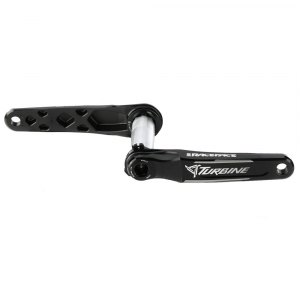
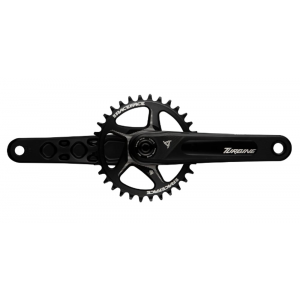
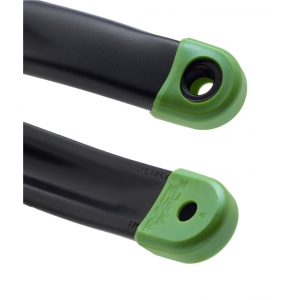

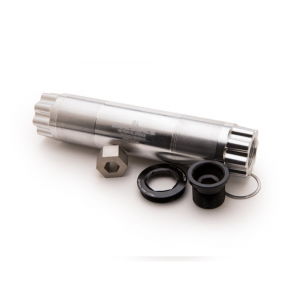
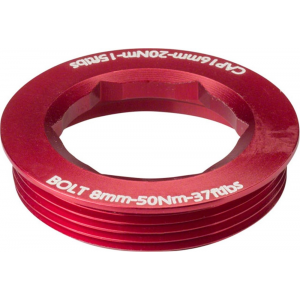
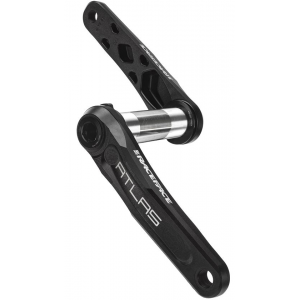



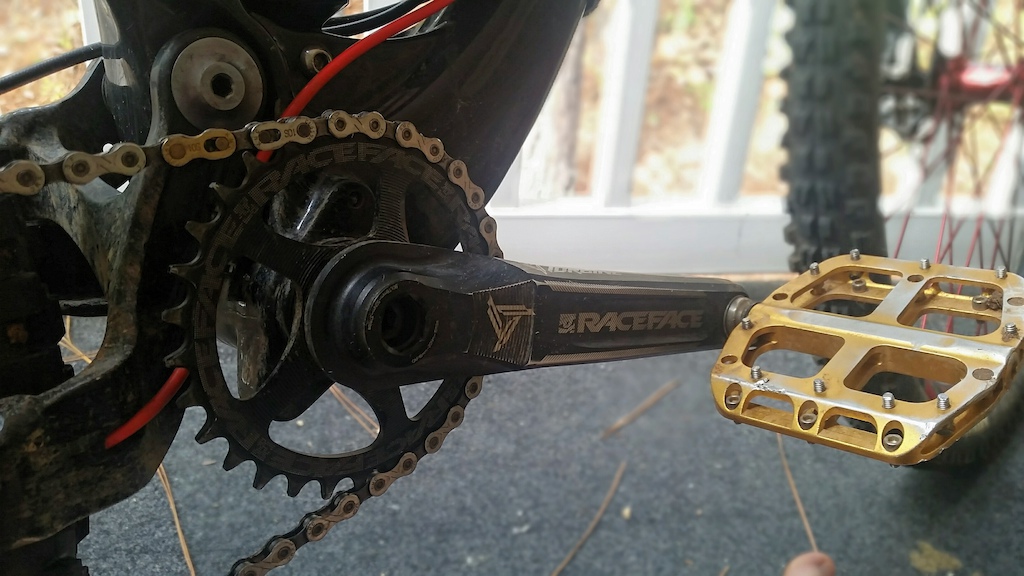


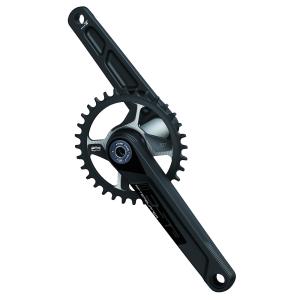


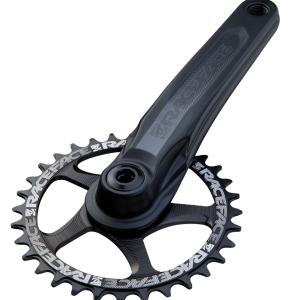
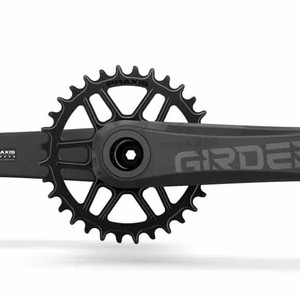











4 comments
Post a reply to: Tested: Race Face Turbine Crankset